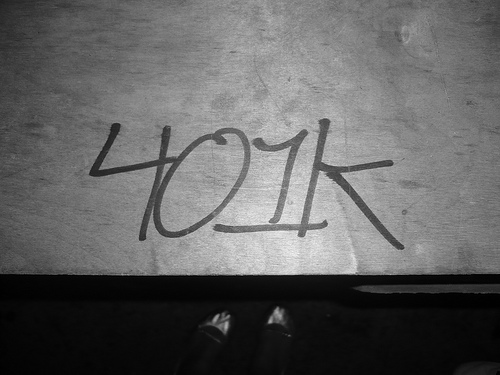IRAs Can Work for You

Changing jobs can be stressful, between wrapping up tasks with your former employer and adjusting to your new position and responsibilities. But when you pack up your personal belongings to move on to your new place of employment, don’t forget about your retirement plan.
The money in your 401(k) may be one of your largest assets. While these funds are valuable now, they’re invaluable for your future so making an informed decision about what to do with them is important. Thankfully, you have several options, although some may be more financially advantageous than others.
Rollover To A Traditional IRA
You can take control of your funds with a rollover to a Traditional IRA. This is a lump-sum distribution from your previous employer’s 401(k) that is deposited directly into a Traditional IRA.
The amount you rollover to a Traditional IRA isn’t subject to income taxes, nor does it trigger a 10 percent penalty tax for an early withdrawal. Plus, with a Traditional IRA, your assets remain in a tax-deferred plan.
You may opt for a Traditional IRA if you like greater control over your retirement assets. After all, employer plans are designed to meet the needs of many people, not just yours, and you may have different investing ideals. In addition, you may want to simplify your retirement planning by having all of your investments with one financial provider.
Leave Your Money With Your Previous Employer
Quite possibly, you can do nothing. The easiest action may be leaving your assets in your previous employer’s retirement plan, but keep in mind that you’ll remain limited to that plan’s investment choices and payout options. If you do this, be sure to keep your contact information up-to-date so you’ll continue to receive statements and other pertinent information.
Generally, you’re only able to leave your money in your previous employer’s plan if your account balance is over $5,000. Review your current plan carefully for its specific conditions.
Rollover To Your New Employer’s Plan
You may be able to transfer your assets from your former employer’s plan directly into your new employer’s plan. This direct rollover allows your money to remain invested in a tax-deferred plan, and you incur no taxes or penalties for the move.
You’ll want to review the investment choices and flexibility in your new employer’s plan. Investment choices and withdrawals may be more limited than your previous employer’s plan. In addition, you may have to wait a year or more to be eligible to participate.
Cash Out Of Your Old Plan
You don’t have to wait until you retire to access the money in your retirement plan. It’s yours, and cashing out will provide you with a lump-sum cash distribution in the form of a check payable directly to you.
Be forewarned: There are many caveats to this option, mainly that you’ll have depleted your retirement savings account and will need to start over again. Also, you won’t receive the balance of your account that amount will be taxed significantly. Not only will you pay income tax on the distribution, your employer will be required to withhold 20 percent for federal income tax purposes. You may also be assessed a 10 percent penalty tax for making a withdrawal from a 401(k) before age 59½.
Cashing out of your plan is typically the last option you should choose. In most cases, you’ll receive far less than if you’d left the money invested for withdrawal upon your retirement.
Keep An Eye On The Future
Remember, saving and planning is key to a comfortable retirement. Whatever you choose to do with your 401(k) when you change jobs, be sure your decision is in line with your retirement goals.
























